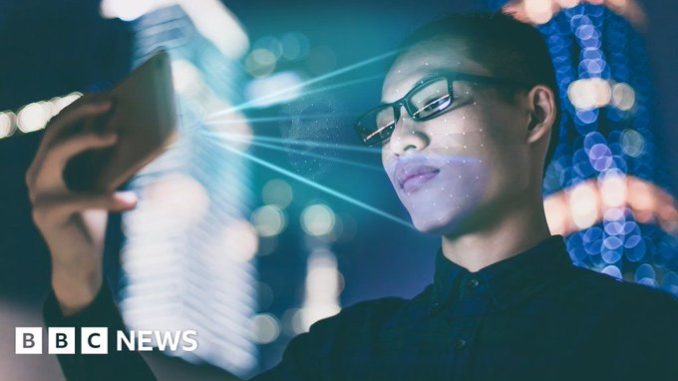
Artificial-intelligence experts generally follow one of two schools of thought – it will either improve our lives enormously or destroy us all. And that is why this week’s European Parliament debate on how the technology is regulated is so important. But how could AI be made safe? Here are five of the challenges ahead.
Agreeing what artificial intelligence is
The European Parliament has taken two years to come up with a definition of an AI system – software that can « for a given set of human-defined objectives, generate outputs such as content, predictions, recommendations or decisions influencing the environments they interact with ».
This week, it is voting on its Artificial Intelligence Act – the first legal rules of their kind on AI, which go beyond voluntary codes and require companies to comply.
Reaching global agreement
Former UK Office for Artificial Intelligence head Sana Kharaghani points out the technology has no respect for borders.
« We do need to have international collaboration on this – I know it will be hard, » she tells BBC News. « This is not a domestic matter. These technologies don’t sit within the boundaries of one country
But there remains no plan for a global, United-Nations-style AI regulator – although, some have suggested it – and different territories have different ideas:
- The European Union’s proposals are the most strict and include grading AI products depending on their impact – an email spam filter, for example, would have lighter regulation than a cancer-detection tool
- The United Kingdom is folding AI regulation into existing regulators – those who say the technology has discriminated against them, for example, would go to the Equalities Commission
- The United Sates has only voluntary codes, with lawmakers admitting, in a recent AI committee hearing, concerns about whether they were up to the job
- China intends to make companies notify users whenever an AI algorithm is being used
